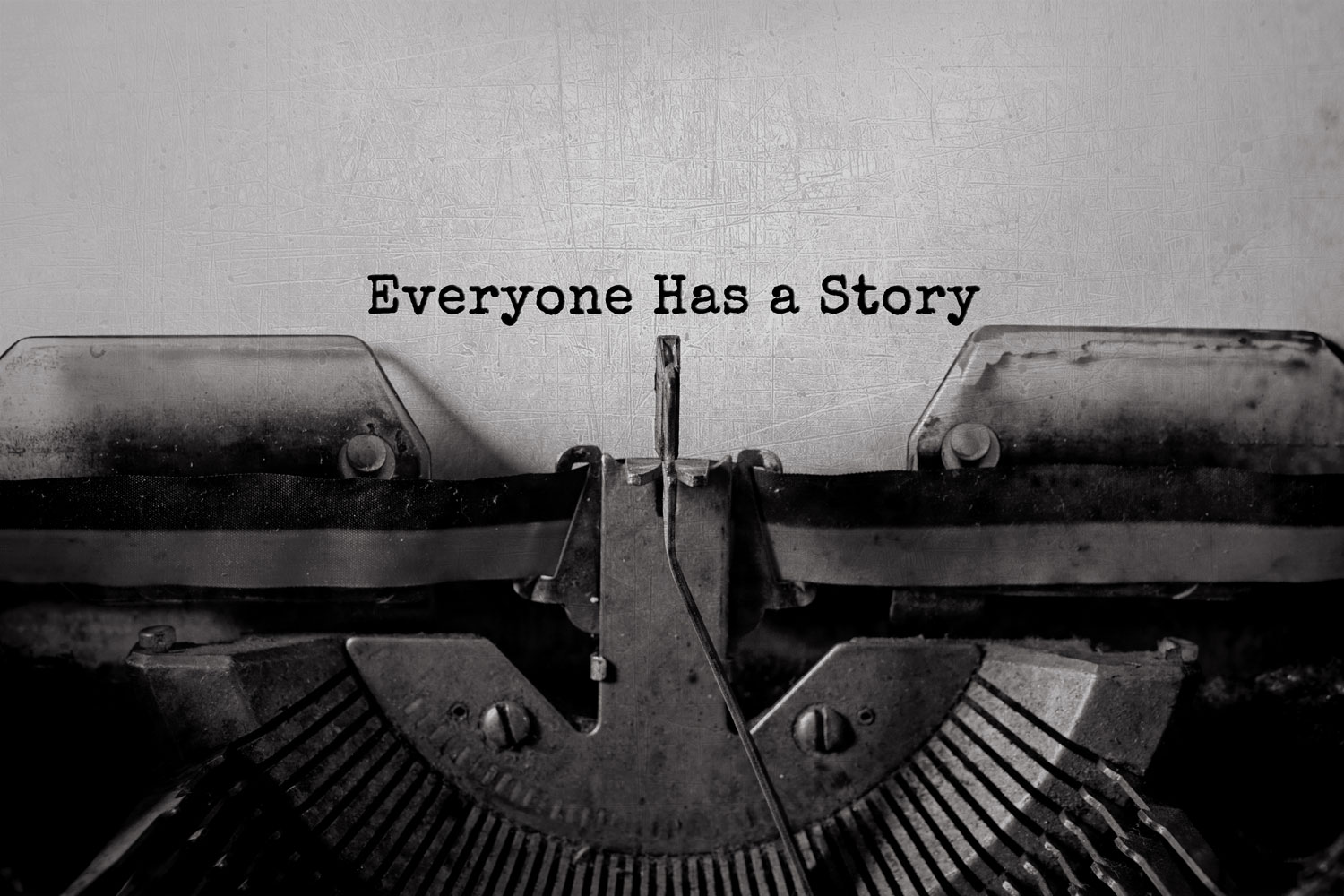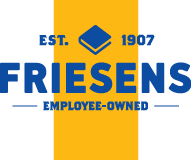February 14, 2019
Yearbook is a form of Journalism
“Our school does not teach journalism. We just advise the yearbook”
Too often we hear these words when talking to advisers about the work they do with their students to produce a yearbook. As yearbook professionals we are here to tell you, no matter the format of your yearbook, the work of journalists boils down to one concept; tell me a story. Would you not agree this is the fundamental purpose of your school yearbook? Let explore together.

Photographs and words form the backbone of any yearbook; they are used in the service of telling stories to readers. For the visual journalist, this concept gets even more specific; tell me a story. But don’t use words. The heart of visual journalism is thinking with

Writing can be one of the most difficult things to do but equally important. Words are an aspect of telling a complete story with photos, captions, headline

The theme will help journalists establish a narrative voice and a specific point of view along with style to help tell the top-level narrative story, while section theme variations and spreads weave a tight narrative line throughout the publication. (If there is a visual theme, there still must be a narrative concept for the copy.)
Every story you tell through words, pictures and spreads must be based on three things;
- A great story idea
- Great material that will surprise the reader
- Great words that are used with style
No two yearbooks should look alike and should be customized to the style that will best tell the story of the year about a specific group of readers-your students. So, how do you get there?
Before you can begin telling your story, there are three things you must understand:
1. What do you know about your writers?
- What are they willing and able to do?
- Do they have the ability to be objective?
- Do they understand the code of ethics? spj.org/ethicscode.asp
2. What do you know about your readers?
- What do you already know about your readers?
- What do you have in common with your readers?
- Can you count on their support? What surprises them?
3. What do you know about your product, the yearbook?
- Theme, colour, traditions
- Deadlines, page count, page ladder
- Primary and secondary audiences

Objectives that will lead you to successful Journalism
- Organize staff to maximize the quality of reporting, interviewing, photography and writing
- Use picture nouns and action verbs in sentence
- Use adjectives and adverbs effectively in a sentence
- Revise sentences to show rather than tell plot elements
- Develop effective interviewing and reporting skills www reporting-skills-2316088
- Gather information, background and quotations for use in story
- Understand the difference between fiction and nonfiction
- Write human interest stories involving human emotions and drama
- Identify basic plot elements (setting, character, conflict, resolution)
- Choose appropriate alternative storytelling forms for yearbook spreads
- Demonstrate effective caption writing techniques
- Demonstrate effective headline and sub-headline writing techniques
A yearbook should tell the stories of the whole school community and no question, there are numerous stories to tell. Spreads are valuable real estate; staff must make imperative decisions on what should make it on the pages. If any one of the elements described below is present, a story has news value and is deserving of the yearbook.
Chronology: If something happened this year, it is more newsworthy than something that occurred in other time frames (as long as it fits within your publications deadlines.)
Eminence: Who are the movers and shakers in your school? Help the staff identify these people in your school: the valedictorian, the lead actor in the musical, the lead scorer on the football team, the janitorial staff, principal and perhaps the yearbook team. These people are involved in newsworthy things.
Proximity: When things happen in or around your school, they are meaningful to your readers. Some great spreads have been done about the community, about places students work and hang out. Your school is also special. Possibly, record what the building is like this year, since it will change.
Footprint: What made a difference at your school this year? How many people has it affected? What are people talking about? Help the students recognize issues or events that impact this year. If it has made a difference to your students, faculty, staff and school community, it is newsworthy.
Trending: What’s unique about this year? Is it fashion? Is it new technology? Is it a new trend? Is it the school’s anniversary or a new school? What sort of things appealed to the emotions of your school community? This can be a fun category and gives the students the opportunity to cover stories about people in an emotional way. These types of stories make the yearbook unique to that specific school year and draw the reader’s attention.
An overview with your yearbook team on these elements at the beginning of the year will provide students focus as they plan their ladder. It can help them articulate why they choose the events they do, and why it has value on the pages of the book.
As your students brainstorm story ideas, fill their ladder and plan coverage, ask them to ruminate on why these stories belong in the book. By inspiring your staff to warrant the stories they cover, you are exposing them to the fundamental elements of good journalism. By doing so you will inspire them to make exceptional conclusions in electing stories that are more significant than others, and why they deserve a place in the book.
Congratulations yearbook advisers, you ARE teaching journalism and the skills that encompass the profession, from researching and reporting, to writing, editing and designing. You also teach photojournalism and accuracy. All of these skills translate to disciplines that your students will naturally begin to apply in other areas of studies.
Coreen Lychak
Friesens Yearbook Consultant







